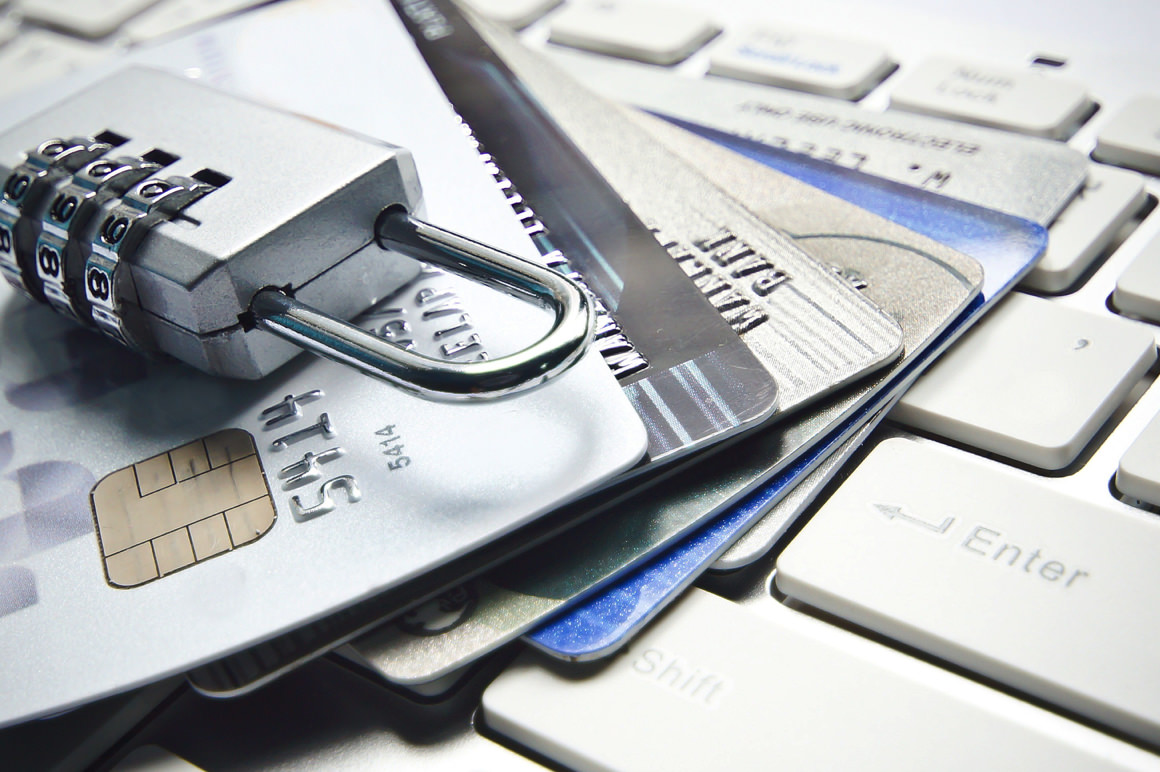
Saving Money with EMV and Point of Sale
You’ve heard about EMV chip cards, the more secure “chip in card” credit cards commonly used throughout Europe. They’re making their way to the United States, but you’re not overly concerned about upgrading yours to an EMV credit card terminal.
You might even be taking a wait-and-see approach to accepting EMV payments. Unfortunately, ignoring the inevitable could be extremely costly. Here’s what ShopKeep CEO, Norm Merritt, had to say about the cost of upgrading to EMV point of sale on Twitter:
Would you rather pay 2% for processing or 100%? Advice to #smallbiz from @normmerritt of @ShopKeep on upgrading to EMV chip card/ Apple Pay. — Norm Merritt (@normmerritt) February 27, 2015
The 100 percent that Merritt is referring to is the EMV liability shift that will begin on October 1, 2015. Merchants who have not adopted EMV technology will become liable for point of sale fraud — and not the financial institution — involving EMV chip cards. This liability shift rewards the financial institution for having invested in a more secure technology and places liability on the merchant who has not done so. Thus, if a customer uses an EMV-chip card at your place of business using non-EMV credit card terminal and it turns out to be credit card fraud, you’ll be liable for the loss not the card issuer. According to a recent NerdWallet study, the EMV liability shift is a little known fact with just 19 percent of respondents aware of it. Now that you’re in the know, what are you going to do about it? Being prepared for the shift will allow you to future proof your busy and save money during the EMV migration. Below are a few thoughts to keep in mind:
1. The early bird gets the worm
Delaying this essential fraud protection is risky for you and your customers. Smart Card Alliance estimates that by the end of 2015 there will be nearly 600 million active EMV cards in the US. You can bet that financial institutions will be educating their customers on the benefits of EMV cards in fighting point of sale fraud. Educated EMV-chip carrying customers will be looking for merchants who have adopted this technology because it protects them. A recent MasterCard survey found that 33 percent of consumers preferred EMV-accepting merchants. An estimated 70 percent of small business will not be EMV-compliant by October 1st . By taking action now, you can position your business to get the worm.
2. Avoid costly chargebacks
With just three months to go until the liability shift, you can upgrade your point of sale hardware at a minimal cost, or do nothing and be held liable for 100 percent of fraudulent costs. For example: credit card fraud of $100 on a non-EMV credit card terminal will result in chargeback and a $100 loss of goods. Come October 2015, the total impact would be $100 plus fees for accepting the counterfeit card.
3. You are the weakest link
Not only does the little guy always gets picked on, but he is also a prime target for fraudsters. Because chip cards cannot be counterfeited, fraudsters are likely to prey on merchants who lack EMV credit card terminals. Thus, they can continue with their magnetic strip credit fraud techniques.

4. Certain segments have higher risks than others
Counterfeiters are more likely to target packaged-goods stores while fraudsters using lost or stolen cards are more likely to go to a bar or tavern. Prepaid gift cards are often used to launder money, converting bad funds into good. If you’re not prepared to combat these risks, you’re liable.
5. Upgrading to EMV point of sale is easy and beneficial
Some of the biggest barriers for small businesses to become EMV compliant include cost and lack of time required to research EMV credit card terminals. ShopKeep helps small businesses with both. ShopKeep’s EMV point of sale system provides greater security and many other benefits such as month-to-month contracts, inventory control management, staff management, analytics, marketing integrations, and more.
Now that you have a better grasp of what EMV means for your small business, make sure to take precautions prior to October so that you can be one that saves (not loses) money during the EMV shift.
Want to try ShopKeep for yourself?
Just answer a few easy questions.
Need help finding the right point of sale?
Just complete the form. We’ll call you right back to explain how ShopKeep can work for you.
Hit the ground running.Sprinting, in fact!
Read our free, comprehensive guide, Small Business 101, to learn all you need to know about starting a thriving business.

